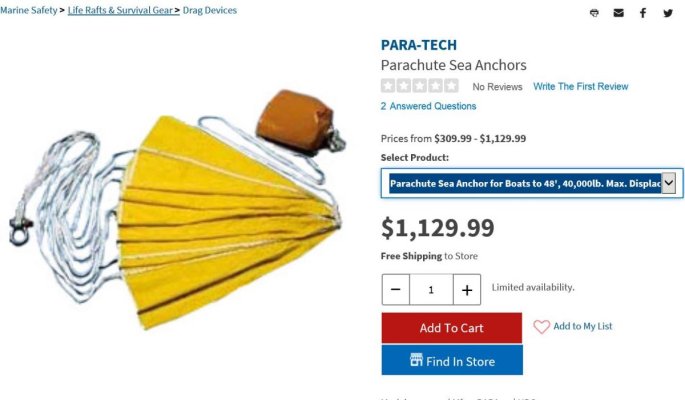SeaMaster101
Senior Member
- Joined
- Oct 27, 2015
- Messages
- 101
- Location
- Canada
- Vessel Name
- SeaWitch
- Vessel Make
- 47' Cheoy Lee SeaMaster
Hello fellow boaters,
Just quick info post here: MV SeaWitch is currently in Tahiti after successful crossing the Pacific from Mexico the the Marquesas Island, then to Tuamotu Archipelagos and then Papeete. The crossing speed was averaging about 6.5Knts over 2,700NM to Nuku Hiva. it took little less then 17 days to do the crossing then 3 1/2 days to the Tuamotu a quick over-nighter to Tahiti.
During the crossing to the Marquesses I had 1 alternator belt failure about 120NM before Nuku Hiva, that took 15Min to rectify, but needed to shut down the engine.
I'm planning to continue to New Zealand around the end of September which will give me 40-50 days to make the 3,100NM voyage.
I know many people are talking of doing it, but very few actually really go. I did prepare myself and the boat for quite few years, and now I'm proud the say that I did cross the Equator on my own bottom completing the longest leg from around the world trip where you can't stop and refuel.
more information about the boat can be found at www.seawitch.ca
Just quick info post here: MV SeaWitch is currently in Tahiti after successful crossing the Pacific from Mexico the the Marquesas Island, then to Tuamotu Archipelagos and then Papeete. The crossing speed was averaging about 6.5Knts over 2,700NM to Nuku Hiva. it took little less then 17 days to do the crossing then 3 1/2 days to the Tuamotu a quick over-nighter to Tahiti.
During the crossing to the Marquesses I had 1 alternator belt failure about 120NM before Nuku Hiva, that took 15Min to rectify, but needed to shut down the engine.
I'm planning to continue to New Zealand around the end of September which will give me 40-50 days to make the 3,100NM voyage.
I know many people are talking of doing it, but very few actually really go. I did prepare myself and the boat for quite few years, and now I'm proud the say that I did cross the Equator on my own bottom completing the longest leg from around the world trip where you can't stop and refuel.
more information about the boat can be found at www.seawitch.ca




